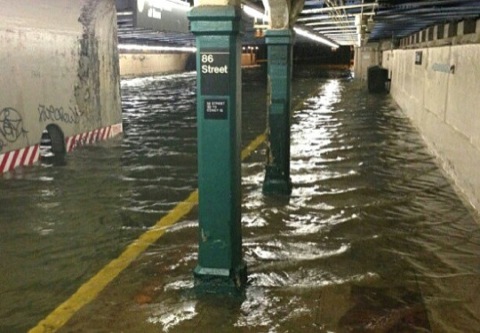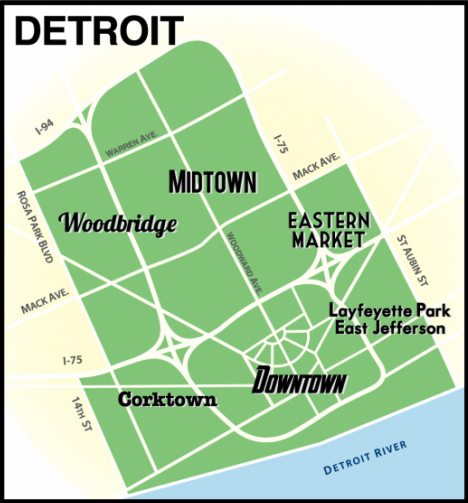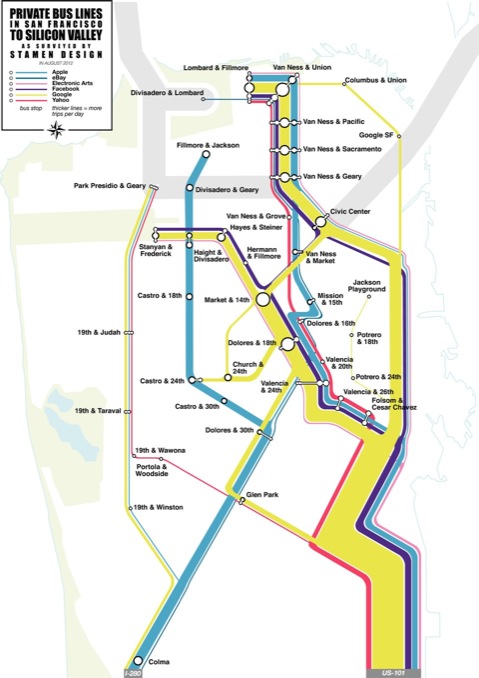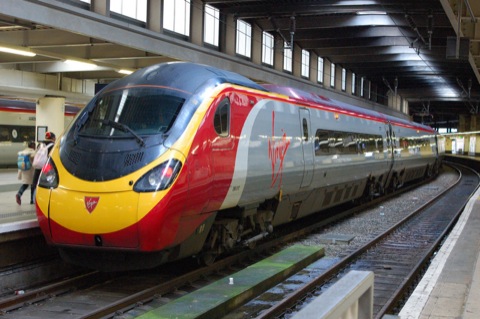An article in Transport Reviews compares U.S. and European transit usage and argues that Europeans use transit more because they have better transit service, low fares, multi-modal integration, high taxes and restrictions on driving, and land-use policies that promote compact, mixed-use developments–all things that American planners want to do here. One obvious problem with the paper is that it doesn’t quantitatively assess how much each of those factors actually contributes to transit usage. If high fuel taxes are responsible for 95 percent of the difference, then efforts to promote transit-oriented development or multi-modal integration in American cities are likely to be a big waste.
A more subtle problem with the paper is that it measures transit usage in trips, not passenger miles. This leads to a bias in favor of shorter trips: Netherlanders, the Transport Reviews article says, take 26 percent of their trips by bicycle, but they certainly don’t cycle for 26 percent of their passenger miles. Yet longer trips are actually more valuable than shorter ones because they can reach more destinations: a two-mile trip can access four times as much land as a one-mile trip.
When measured in terms of passenger miles, instead of trips, European transit mobility looks a lot less impressive. Eurostat measures four kinds of personal mobility by country: autos, buses, intercity trains, and metros/trams. The agency’s latest report that shows passenger kilometers by country has data through 2006. The table below compares these numbers (converted to passenger miles and divided by 2006 populations) with similar data for the United States.
Continue reading →











